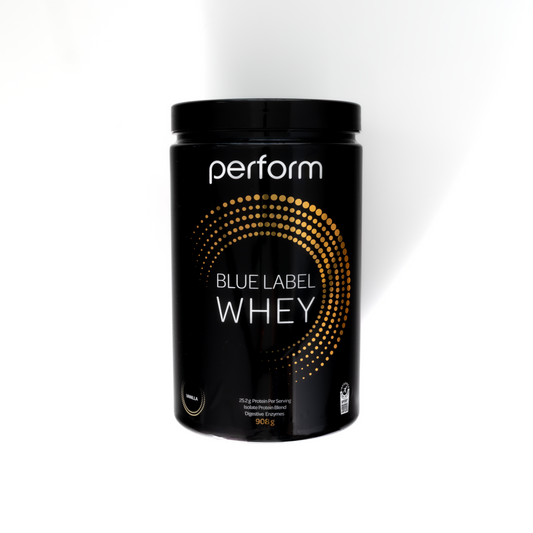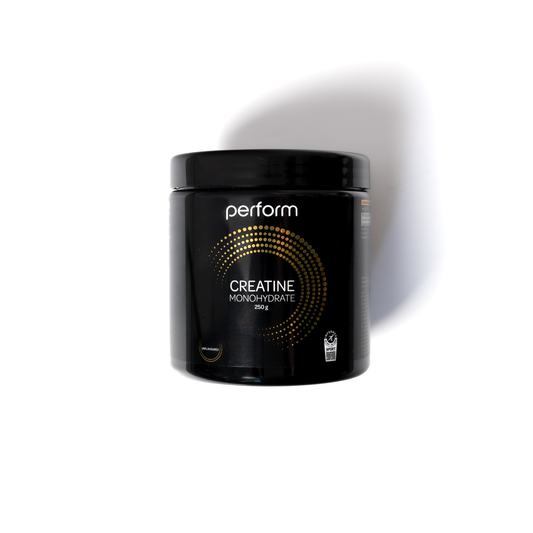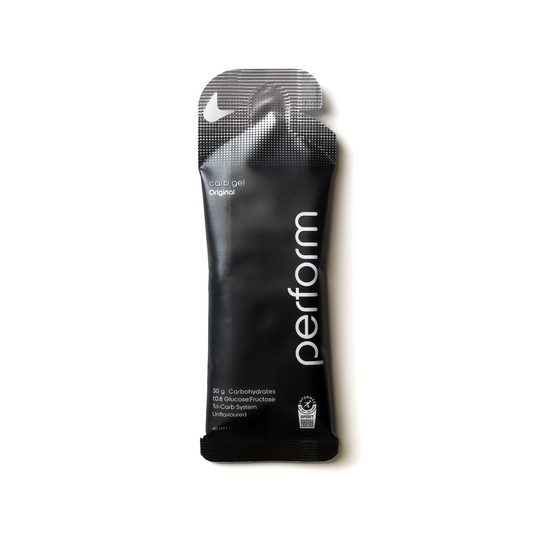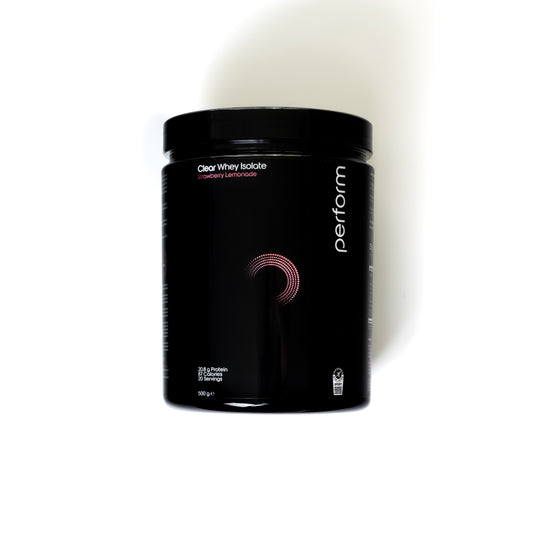Optimal hydration and recovery extend far beyond water alone. At the heart of proper fluid balance, muscle function, and athletic performance lies a group of essential minerals, better known as electrolytes. These minerals play a crucial role in maintaining internal equilibrium during both exercise and recovery. Understanding electrolytes and their function is key to developing effective hydration strategies that enhance elite performance and recovery.
What Are Electrolytes?
Electrolytes are charged minerals that support vital physiological processes. The key electrolytes include: Sodium Potassium Magnesium Calcium Chloride
These minerals work together to regulate nerve impulses, muscle contractions, pH balance, and fluid movement in cells. (1) During exercise, particularly in warm weather or during long training sessions, the body loses these electrolytes through sweat. Without proper replenishment, this loss can lead to cramping and fatigue, ultimately compromising performance.
Why Water Alone Is Not Enough
While water forms the basis of hydration, it alone cannot restore electrolyte balance lost through sweat, especially after intense physical efforts. Sodium plays a critical role in the body's ability to retain and absorb water by regulating osmosis, the process that governs fluid movement through cells. Without adequate sodium, water consumed during exercise may not be retained effectively, leaving athletes in a continued state of dehydration despite significant water intake. Insufficient sodium levels can dilute blood sodium concentration, resulting in increased fatigue and impaired muscle performance, potentially leading to exercise-associated hyponatraemia (2)
Electrolytes and Athletic Performance
During intense physical activity, electrolyte loss varies depending on the individual athlete, environment, and activity duration. Whole-body sweat rates typically range from 0.5-2 litres per hour, with some athletes (2%) exceeding 3 litres per hour. (3) This underscores the importance of proactive replacement, especially during prolonged sessions or in warm weather.
Sweat is a complex fluid containing sodium, chloride, potassium, and other trace minerals, not just water. To prevent fatigue and maintain muscular performance, athletes must replenish these vital minerals through proper hydration protocols before, during, and after exercise.
Pre-workout, it's essential to start well-hydrated with adequate sodium intake. During exercise, athletes should follow structured sodium intake strategies based on individual sweat rates of 10-90 mmol/L. (3) These requirements may vary based on heat acclimation and exercise intensity/duration. Post-workout, focusing on electrolyte replenishment helps restore fluid balance and speeds recovery.

Understanding Key Electrolytes (4)
| Electrolyte | Functions | Natural Food Source |
|---|---|---|
| Sodium | Regulates fluid balance, nerve impulses and blood pressure |
Table Salt, broths, nuts |
| Potassium | Enables muscular contraction, blood pressure and heart rate |
Bananas, potatoes, avocados |
| Magnesium | Aids in muscle contraction and energy production |
Pumpkin seeds, almonds, spinach |
| Calcium | Muscle contractions, bone strength, nerve impulse transmission |
Dairy, leafy greens |
| Chloride | Works alongside sodium to balance fluids and digestion |
Table salt, seaweed, tomatoes |

The table above outlines the vital roles of each major electrolyte and their natural food sources. These electrolytes work in concert to create the foundation for effective hydration and recovery. Athletes can optimise their performance and recovery by maintaining proper electrolyte levels through both dietary choices and supplementation.
Summary
Electrolytes are fundamental to proper hydration, recovery, and overall athletic performance. Neglecting this crucial aspect of nutrition can lead to unnecessary performance declines and slower recovery.
To optimise training and recovery, athletes should:
- Incorporate and monitor electrolyte intake in nutrition strategies
- Understand your unique sweat rate and consequent individual needs
- Monitor hydration status throughout training
Effective hydration goes beyond water intake, it's a precise balance of fluids and minerals working in harmony. Evaluating your current approach and implementing a structured hydration strategy will enhance your training and performance potential.
References
(1) National Institutes of Health (NIH) – MedlinePlus. (2022). Electrolytes. U.S. National Library of Medicine. Retrieved from https://medlineplus.gov/ency/article/002350.htm (2) Exercise and Fluid Replacement Medicine & Science in Sports & Exercise 39(2):p 377-390, February 2007. | DOI: 10.1249/mss.0b013e31802ca597 (3) Sweating Rate and Sweat Sodium Concentration in Athletes: A Review of Methodology and Intra/Interindividual Variability Lindsay B. Baker Sports Med (2017) 47 (Suppl 1):S111–S128 DOI 10.1007/s40279-017-0691-5 (4) ROGULSKI, Michał, Electrolyte disorders in athletes. Quality in Sport. 2025; 37:57197. eISSN 2450-3118





